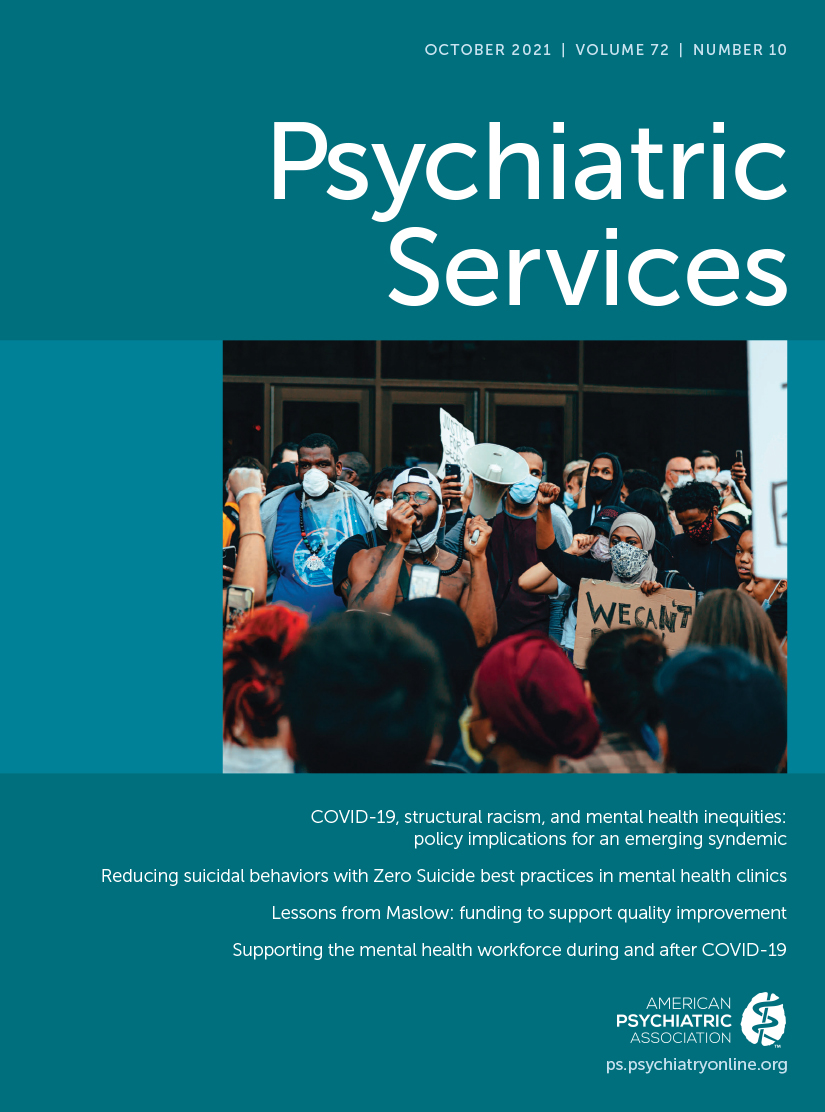Patient Characteristics Associated With Admission to Low-Safety Inpatient Psychiatric Facilities: Evidence for Racial Inequities
Abstract
Objective:
The author examined patient demographic, clinical, payment, and geographic factors associated with admission to low-safety inpatient psychiatric facilities.
Methods:
Massachusetts all-payer 2017 discharge data (N=39,128 psychiatric patients) were linked to facility-level indicators of safety (N=38 facilities). A composite of safety was created by averaging standardized measures of restraint and seclusion as well as 5-year averages of overall, substantiated, and abuse-related (i.e., verbal, physical, or sexual) complaints per 1,000 discharges (α=0.73). This composite informed quintile groups of safety performance. A series of multinomial regression models were fit, with payment and geography added separately.
Results:
Notable factors independently associated with admission to low-safety facilities were belonging to a racial or ethnic minority group compared with being a White patient (for non-Hispanic Black, relative risk ratio [RRR]=1.71, p<0.01; for non-Hispanic Asian, RRR=5.60, p<0.01; for non-Hispanic “other” race, RRR=2.17, p<0.01; and for Hispanic-Latinx, RRR=1.29, p<0.01) and not having private insurance (for self-pay or uninsured, RRR=2.40, p<0.01; for Medicaid, RRR=1.80, p<0.01; and for Medicare, RRR=1.31, p<0.01).
Conclusions:
To the best of the author’s knowledge, this is the first study to examine differences in admission to low-safety inpatient psychiatric facilities. Even after accounting for potential clinical, geographic, and insurance mediators of structural racism, stark racial and ethnic inequities were found in admission to low-safety inpatient psychiatric facilities. In addition to addressing safety performance, policy makers should invest in gaining a better understanding of how differences in community-based referrals, mode of transport (e.g., police or self), and deliberate or unintentional steering and selection affect admissions and outcomes.



